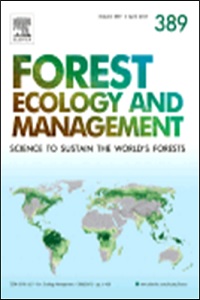Arrêté du 3 mai 2017 relatif aux actions des programmes régionaux « Valorisation du bois et territoire » des services communs « Valorisation du bois et territoire » des chambres régionales d'agriculture.
Le présent arrêté détermine les actions des programmes régionaux «Valorisation du bois et territoire» des services communs «Valorisation du bois et territoire» des chambres régionales d'agriculture.Le programme régional pluriannuel « Valorisation du bois et territoire » mentionné à l'article D.







